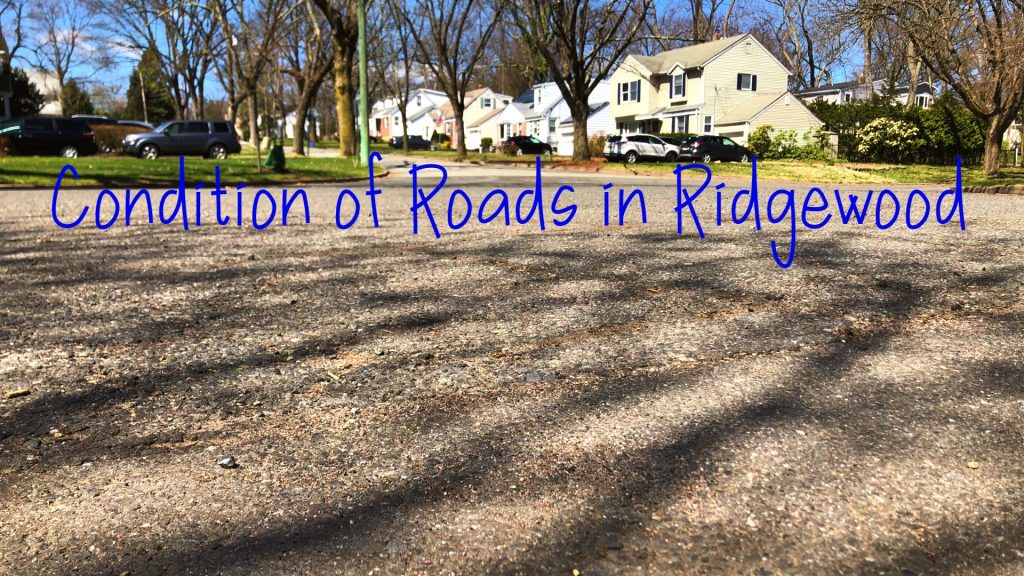I gazed at my phone with glazed eyes as countless houses passed by. As I looked out my car’s window, the Ridgewood YMCA came into view. From Oak Street, we took a right onto Robinson Lane — there, the trouble began.
Bump. Bump. Bump bump bump–bump-bump–bump-bump–bump-bump–bump.
My phone flew out of my hand. My listless mood was quickly replaced with grave fear. As we neared the end of Robinson, the bumpiness died down.
A deep breath.
A left turn onto Chestnut Street.
A bumpy road that came back with a vengeance.
Poor roads are a fact of life; particularly in New Jersey, where we ranked dead last in the nation for highway performance and cost-effectiveness according to the Annual Highway Report by the Reason Foundation. As such, not only do we have — broadly speaking, the worst roads — but our state government also uses the most money per mile to maintain them.
Of course, there is a clear distinction between highways like Route 17, and our local tree-named roads. For one, it’s the state government’s job to maintain the multi-laned, heavily-utilized roads like highways and interstates. On the other hand, local roads like those found in Ridgewood are maintained by the village and by Bergen County’s Department of Public Works.
Either way, many of us have come to accept these poor streets — no matter their type — as an implicit cost of living in the Garden State. Add on the markup that comes with being located in our lovely populous Bergen County, and such hellish roads like the one found between Oak and Chestnut Street — with poor Robinson Lane caught in the middle — should come as no surprise.
Yet, everytime I drive over that street, as my phone flies out of my hand and it feels like my car is being ripped apart by the axles, I wonder to myself: Why can’t it be better? Not just for Robinson Lane, but for all similar small roads in Ridgewood whose conditions are grossly out-of-control. On one hand, it may be hard to argue that such a minor side street is worth the investment to be completely ripped up, repaved, and overhauled. Yet, at the same time, the “band-aid treatment” of simply laying more asphalt on top to superficially flatten the road will only serve to postpone the problem, where it will revert to its previous crack-ridden conditions in 3 years time.
With that in mind, the effects of bad roads are not to be understated. According to TRIP, poor roads cost American motorists $1,049 on average for wear and tear costs on their vehicle. As a whole, that sums up to $130 billion nationwide: A significant fee, made all the worse by that convenient aforementioned #50 ranking in road conditions that New Jersey holds. Oof.
I don’t expect Ridgewood’s roads to be immaculate anytime soon. But I do believe that it would be a very worthwhile investment to overhaul those local roads which are in particularly desolate conditions; not just for economic reasons, but for simple peace of mind.
Until then, as the winter gives way to spring, Robinson Lane will stay as it is.
A bumpy road less traveled.
CJ Lee
editor-in-chief
Graphic: Name of Illustrator

